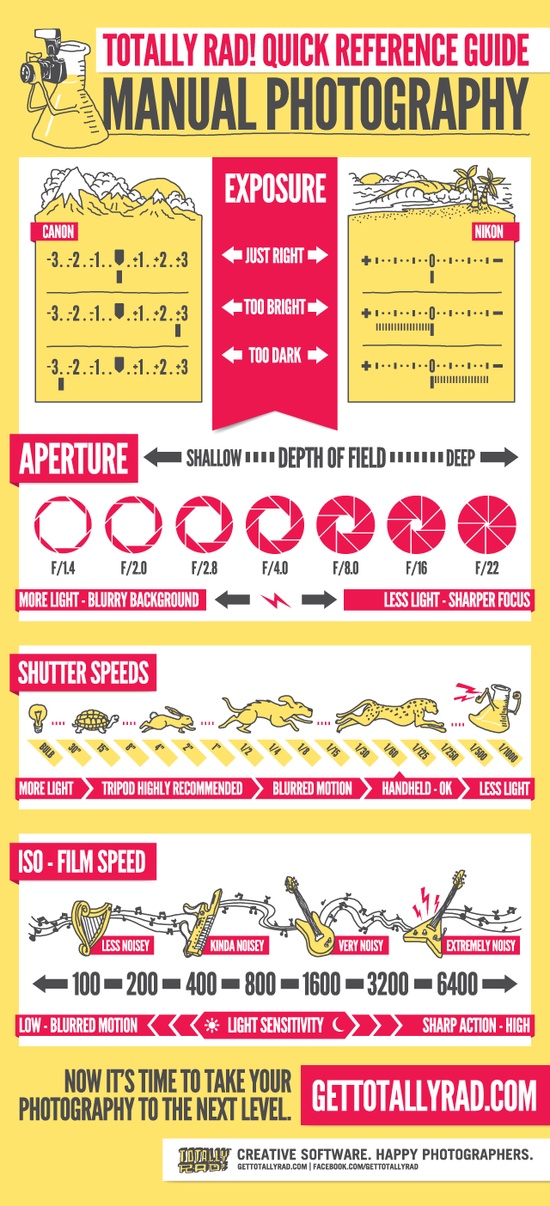What Every Professional Photographer Should Know About Illumination
What Every Professional Photographer Should Know About Illumination
Blog Article
Article Developed By-Beck Covington
As a professional photographer, you know that illumination can make or break your photos. Comprehending the nuances of both all-natural and fabricated light is vital for capturing the mood and clearness you go for in your job. Whether you're going after the excellent gold hour glow or tweak your artificial arrangements, understanding these components can boost your photography substantially. However there prevail challenges that many ignore, and recognizing them can change your approach to every shoot. Let's explore what you may be missing and exactly how it can impact your results.
Recognizing Natural Light
Recognizing natural light is critical for any kind of professional photographer seeking to enhance their job. Read More In this article 's the foundation of wonderful digital photography, influencing mood, tone, and clearness. When you fire outdoors, focus on the moment of day. The gold hour-- shortly after daybreak and before sundown-- offers soft, warm light that can transform normal scenes right into magnificent images.
Do not underestimate the power of overcast days. Cloud cover diffuses sunlight, producing a soft, also light that's excellent for portraits and macro digital photography. You'll find colors appear this kind of lights without extreme darkness.
Placing issues, too. Always consider your subject's orientation to the light. If https://smallbusiness.chron.com/difference-between-commercial-advertising-photography-23796.html 's behind your topic, you might end up with a shape, which can be dramatic but mightn't be what you desire. Conversely, straight sunshine can develop uncomplimentary darkness.
Experiment with angles; often, changing your viewpoint can produce impressive results. Use https://zenwriting.net/bradford07winston/crucial-photography-gear-what-you-truly-required-to-start -natural reflectors, like water or sand, to jump light onto your subject, adding measurement.
Mastering Artificial Light
Mastering artificial light is crucial for photographers who intend to take their skills to the next level. Whether you're utilizing speedlights, studio strobes, or continuous lights, recognizing just how to manipulate these sources can substantially boost your photos.
Start by familiarizing yourself with the basics of light top quality, direction, and color temperature. Try out different modifiers like softboxes, umbrellas, or grids to manage the gentleness or violence of the light.
You'll locate that soft light frequently creates complementary outcomes, while harsher light can include drama and deepness. Do not shy away from shadows; they can improve the three-dimensionality of your subjects.
Pay close attention to the placement of your lights. A light located too near to your subject can develop uncomplimentary outcomes, while also far away can lead to a lack of detail. Use a light meter or your camera's histogram to guarantee you're subjecting properly.
Last but not least, keep in mind that synthetic light can be mixed with ambient light for creative results. Stabilizing these sources could take method, once you understand it, your digital photography will really shine.
Techniques for Different Circumstances
When you step into various shooting scenarios, adjusting your lighting methods is important for capturing the most effective photos. For outdoor pictures, use the gold hour-- morning or late afternoon light-- to soften shadows and boost complexion.
If updated blog post 's an extreme midday sun, consider making use of a reflector to jump light back onto your topic or look for shaded locations for a more also direct exposure.
In low-light scenarios, like indoor events, boost your ISO and utilize a large aperture to let in more light. A tripod can aid eliminate cam shake, permitting longer exposures without blurring.
If you're contending evening, try out off-camera flash to produce vibrant illumination and depth in your pictures.
For product photography, make use of diffused lights to avoid rough representations. Softboxes or light outdoors tents can assist achieve this result.
When photographing landscapes, consider the direction of light and time of day, as it can drastically change the mood of your shot.
Always prepare to readjust your settings and positioning based on the circumstance, as versatility is crucial to grasping lighting in photography.
Conclusion
To conclude, mastering lighting is key to raising your digital photography skills. Welcome all-natural light's charm during gold hour, and do not avoid experimenting with fabricated light techniques. By adapting your approach to different circumstances, you'll catch spectacular pictures that reverberate with feeling and quality. Keep in mind, the best lighting can transform a normal shot into something extraordinary, so keep practicing and improving your understanding of both all-natural and artificial light. Pleased capturing!
